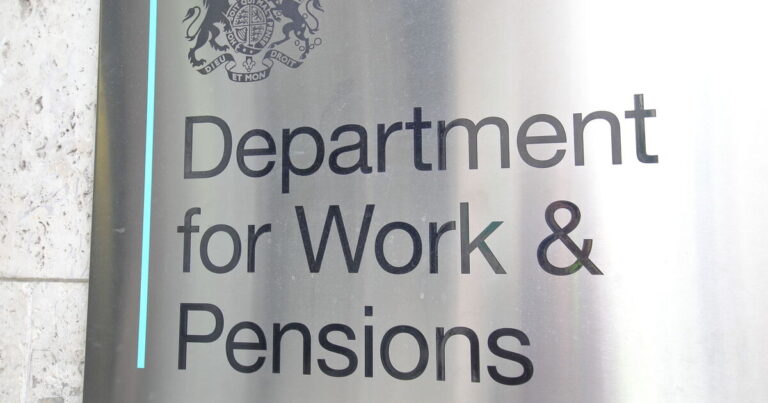We all know how it is. You procrastinated, and then you got busy. You forgot Aunt Sally was coming for Christmas. You pulled out the Hanukkah linens and they looked dingy. You realized that shovel just didn’t have another winter left in it. At these moments, near-instantaneous home delivery feels like a miracle. But customers’ convenience can quickly turn into workers’ misfortune. Delivery services like the US Postal Service, UPS, and FedEx are hiring seasonal workers at a frantic pace, and retail giants like Amazon, Walmart, and Target are using courier contractors and experimenting with their own Uber-like on-demand delivery models to get packages the last mile to our homes. And still, logistics giants like UPS can’t keep up with the pace. The need to get our packages to us when we need—or want—them, has pushed the delivery model and its workers to the brink. There can be real dangers to delivering holiday joy: the US Department of Labor has found that temporary workers who are assigned to unfamiliar work with little training are several times more likely to get hurt on the job; Amazon delivery contractors have been sued for failing to pay the minimum wage; and drivers for Amazon’s on-demand delivery service, Flex, report they can be deactivated simply because oversized packages won’t fit in their cars. Imagine pushing a handcart of heavy packages along city streets because finding legal parking at all the residential addresses is impossible. (A 2006 investigation found that delivery drivers in New York City got an average of 7,000 parking tickets a day.) Consider what it means to have a GPS tracker reporting the time you wait for a left turn, and being asked to justify a bathroom break as a legitimate increase to your “Stops Per On-Road Hour.” Think about what you’d do if you were told 24 hours ahead of time you had to find child care to work a sixth day in the week because your bosses hadn’t planned on a holiday rush. Picture planning your own shopping list when you were promised $18 an hour, but can’t get more than an unpredictable few hours a day of work. Ponder a delivery route that includes 200 addresses spread out over 80 miles and a requirement to deliver to one address every two minutes. Santa’s reindeer have a cushy job in comparison. Crowdsourced delivery models like Walmart’s using Uber drivers, Amazon’s “Amazon Flex” and Target’s new logistics tech startup, threaten to bring the bad working conditions for Uber drivers into “last mile” delivery and right to our doorsteps: income uncertainty, drivers’ costs of maintaining and insuring the vehicle, and the fact that misclassification as independent contractors means laboring without workplace legal protections. In some locations, Walmart store employees clock out for the day, and then can get driving instructions from the company so that their commute home can turn into a delivery route. Even workers in good middle-class jobs at traditional delivery services are getting squeezed as their bosses compromise to stay on Amazon’s good side. In 2014, a deal between Amazon and the US Postal Service for Sunday delivery had some workers reporting 60 hour weeks and few days off. To accommodate the increased workload, the USPS hired a new classification of workers who are paid less than permanent employees and are not eligible for the Postal Service’s career track. Rapid delivery of everything from a knitted vest for your company’s “Ugly Sweater Party” to cans of cranberry dressing can be a service that helps harried shoppers survive the holiday season. But we need to remember that those packages don’t appear by magic: real people deliver them, and under increasingly difficult circumstances. The season should deliver a decent holiday to the people who deliver yours.















